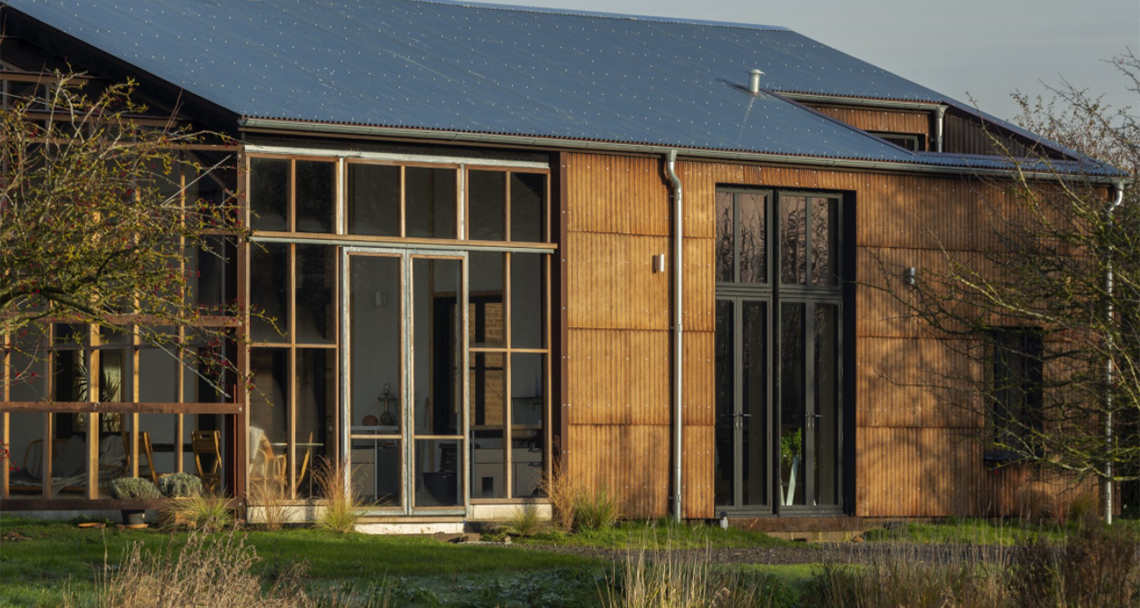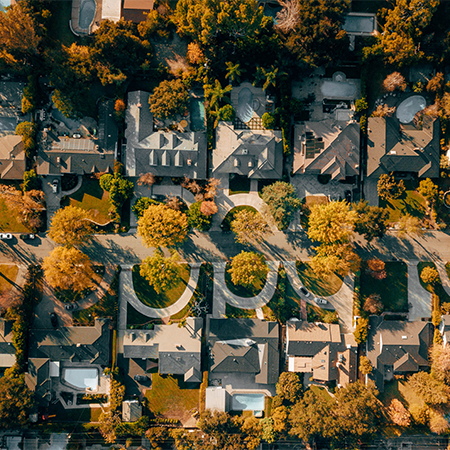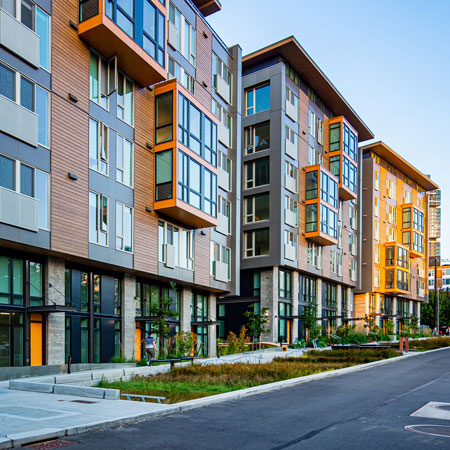What do you think about hemp? Chances are you’ll believe it’s either a dangerous, mind-bending plant that should remain illegal, or a medicinal miracle that has been victimised by the powers that be. Either way, you are unlikely to think of a plant that could substitute some of the most carbon-intense practices of the modern age and revolutionise the journey to net zero.
Concentrations of cannabinoid compounds within the cannabis plant, particularly of tetrahydrocannabinol (THC), have long been the focus of legal disputes. Amid the debate around cannabinoids’ medicinal effects, varieties of close to 0% cannabinoids are still classified – in many countries – as equivalent to those containing higher levels. These low-concentration varieties, known as hemp, have no discernible psychological effect.
Sustainable replacement for concrete
Fortunately for real estate, hemp is being recognised in its own right. Why real estate? The built environment is responsible for almost 40% of carbon emissions globally. With no viable alternatives to concrete, steel and glass, these carbon emissions are an inconvenient truth that cannot be avoided. But sustainable materials are coming to the fore, and while hemp will not replace them all, it is a viable replacement for concrete, widely considered to have the worst environmental impact of the three.
Hemp could also conceivably replace roof insulation, floor covering, floor insulation, and even the gas running through our boilers. “The potential of hemp is boundless, but the adoption of it is constrained by limited expertise and processing and manufacturing capacity,” says George McBride of Hanway Associates. “Fixing this bottleneck presents a substantial commercial opportunity for entrepreneurs.”
Hemp around the home
Walls Hempcrete is a mix of lime and hemp that, once dry, resembles conventional concrete. Highly insulating yet breathable, versatile and potentially carbon negative, it could be the ideal material for an industry struggling with emissions.
Insulation Though less insulating than traditional materials, the natural, biodegradable nature of hemp means larger quantities can be used to insulate homes to higher levels without incurring the same carbon cost.
Energy Whether used as solid fuel or to produce biogas, hemp could displace fossil fuels if used as an energy crop.
Floors Hemp fibres could prove a resilient alternative to materials currently used for textiles, such as carpets.
Plastics Bioplastics derived from hemp are an increasingly viable alternative which can be safely disposed of at the end of the lifetime of the building.
Carbon zero hero
Let’s be clear. This is not simply a case of avoiding emissions associated with carbon-intensive materials, such as concrete. This is about avoiding emissions and actively removing historic emissions caused by those same materials. This is carbon sequestration – capturing carbon dioxide and removing it from the atmosphere.
Hemp acquires biomass rapidly and shows a willingness to grow in a variety of circumstances. Wherever and however it grows, it is still sequestering carbon, fixing it as biomass where it cannot contribute to the warming of the planet.
And there are further benefits. Studies show the crop has soil remediation qualities, extracting undesirable elements in the earth while improving soil structure and nutrient quantities if managed correctly. Its presence in an agricultural rotation can serve to break disease cycles. Its rapid, weed-like growth can also prove detrimental to weeds themselves, smothering their growth.
Grow your own home
Hemp’s woody core mixed with water and lime produces an insulating, airtight, yet breathable alternative to concrete. Trials of hempcrete around the world have revealed a dynamic material capable of meeting the changing needs of the property sector.
Take The Joint, for example. This mountain-style country home in Ontario is built using hemp and has its own snowboard training track, pool table and beer tap in the kitchen. Dun Agro has built a prefab home entirely from hemp in the Netherlands that it believes to be sturdier, more affordable and quicker to build than a traditional home. Flat House is also a prefab project that created a net-zero hemp house in the heart of rural Cambridgeshire, England.
Although trials have not yet happened at a truly meaningful scale, hemp is making its way into homes in the form of insulation – an environmental good that drives energy efficiency. In truth, it is subject to the rule of diminishing returns. Installing insulation will save energy and save carbon. But as we increase the amount of insulation, the carbon cost of its production increases to a point where the cure is worse than the disease. However, with hemp there is no limit to the amount that can be used to insulate a home. And when it comes to the end of the building’s life, the material remains fully biodegradable so contributes to the circular economy.




